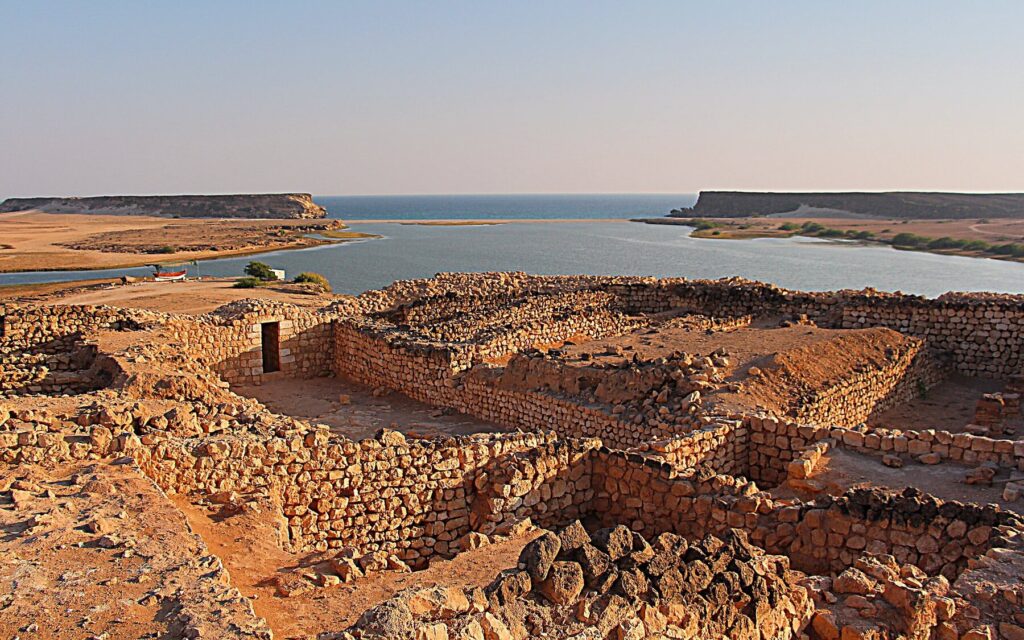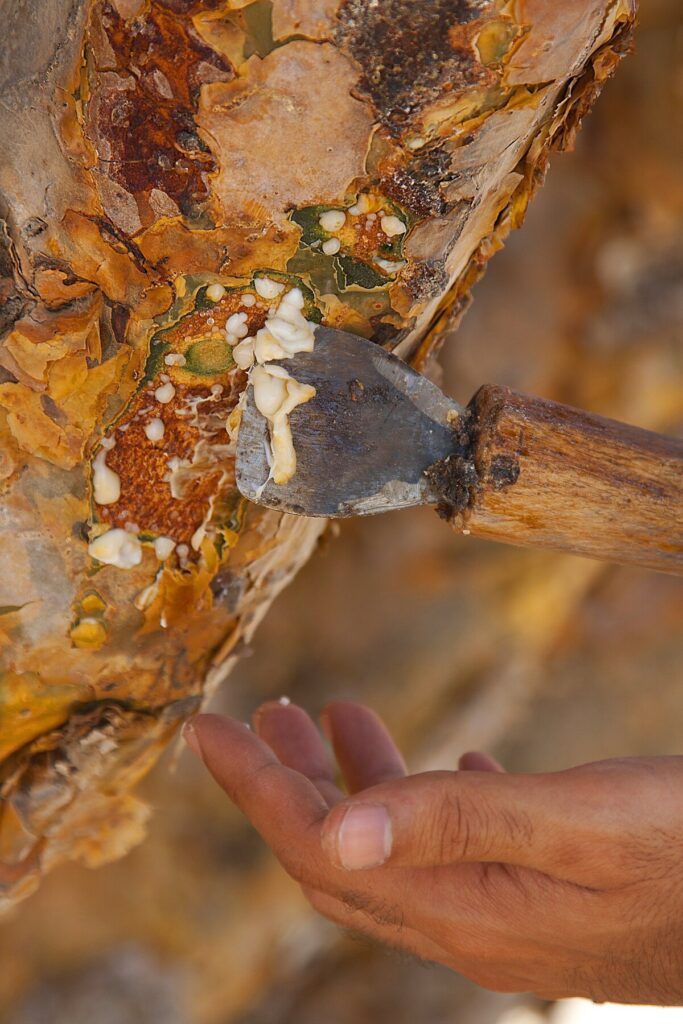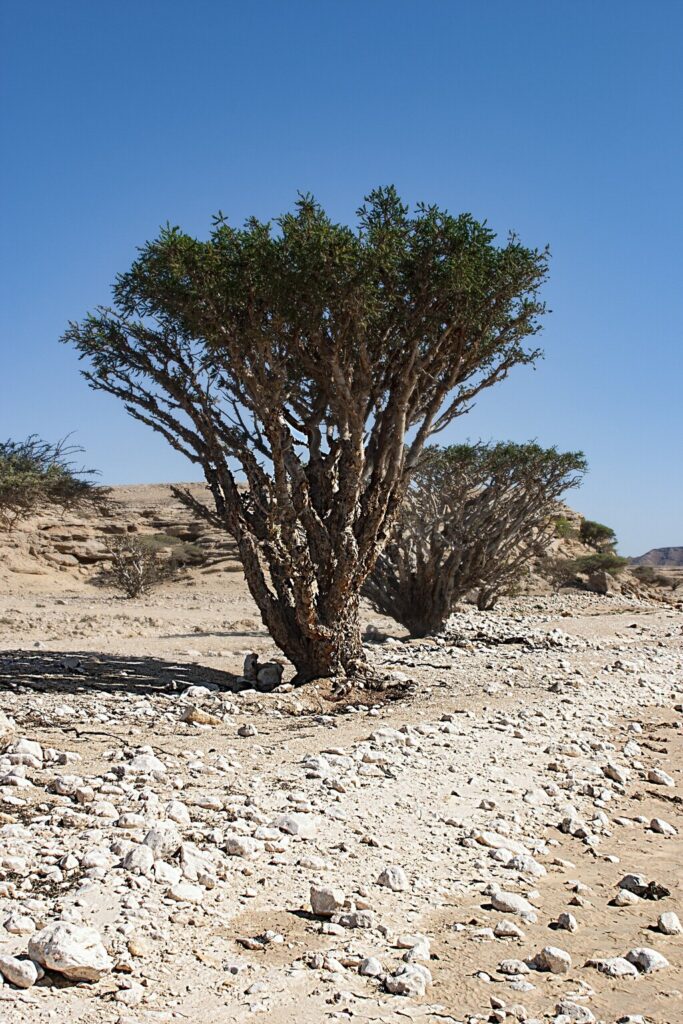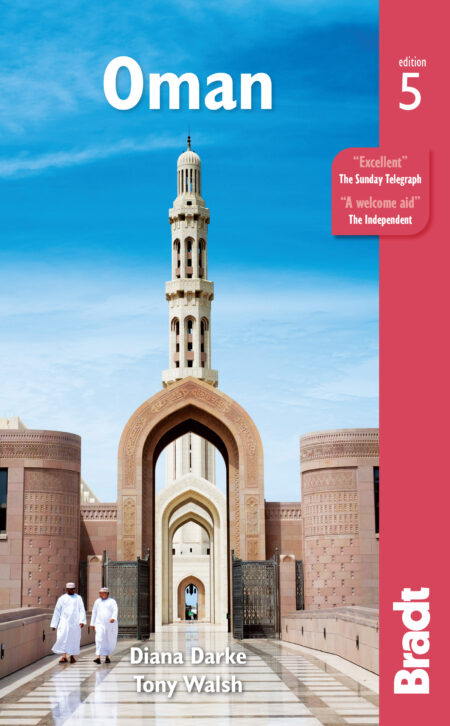It’s only when dropping through the clouds before landing at Salalah Airport that the uniqueness of Dhofar becomes apparent. The ochres and browns of Oman’s Empty Quarter abruptly give way to a 1,000m-high plateau boasting grasslands more commonly associated with the African savannah. Not your usual Omani landscape.
Stretching almost 300km along the coast towards the border with Yemen, the Dhofar or Al-Qara mountains act as a barrier between the Arabian Sea and the desert. Facing north, towards the desert, desiccated valleys hint of a wetter past; the southern-facing slopes, clipped by the Indian monsoon, have seasonal cloudforests that overlook the Arabian Sea, which extends without interruption all the way to Antarctica.
A birdwatcher’s paradise
I enjoy exploring this region whatever time of year, but late September through to early December offers the great combination of warm, dry days and verdant scenery, the rich greens brought to life by the recent rainy season.
Invariably I visit Wadi Darbat, one of those valleys facing the sea and undoubtedly one of Dhofar’s most spectacular areas. This is one of those magically unexpected scenes in Arabia, a little Garden of Eden just a stone’s throw from the vast wilderness of the Rub’ al Khali desert. Luxuriant grass meadows come alive with the buzz of insects and birds chasing them; winter sightings are likely to include everything from Bonelli’s, imperial and short-toed eagle to African paradise flycatcher, Arabian partridge, grey and purple heron, and Tristram’s starling. Fruiting trees including figs and tamarind offer sustenance for both birds and the herds of cattle cattle, camels and goats that wander these plains.
Within Wadi Darbat, a seasonal waterfall cascades dramatically over a 100m-high precipice with the flow opening out into Oman’s largest coastal lagoon, Khawr Rawri. This is one of my favourite birdwatching sites near Salalah – the 60ha lagoon and its shallows are excellent habitats for a variety of species. Frequently seen are bridled terns, Eurasian wigeons, lesser black-backed gulls, Socotra cormorants and sooty gulls, with greater flamingos, glossy ibis and osprey as added bonuses.
The ‘Land of Frankincense’
There’s more to this region than just natural wonders, though. Perfectly situated overlooking the lagoon is the ancient frankincense trading port of Samharam, established on a site that has shown evidence of human activity as far back as 1230BC.
Surrounded by a honey-coloured stonewall and covering an area of some 8,500m², Samharam is the size of a small medieval European castle. For much of the town’s 700 years of occupation, it was a trading outpost of kingdoms in Yemen, approximately 700km to the west.

The town itself was founded during the 3rd century bc, though there are individual dated deposits in the foundations of buildings that go back to 470BC. After around AD380 the prosperity of the town rapidly declined and trade moved elsewhere, possibly as a result of the sandbar developing and restricting access to the creek and creating todays lagoon.
Included under UNESCO’s ‘Land of Frankincense’, Samharam has been extensively excavated by the University of Pisa in conjunction with Oman’s Ministry of Heritage and Culture since 1996. Indeed, what makes Samharam such a continually interesting archaeological site for me is that the excavations are still ongoing; therefore, every visit brings something slightly different. Unlike many other sites in Oman, the excavation’s results have been published in an accessible form so that any visitor can delve into the location in as much depth as they need. It’s a truly marvellous resource.
The first mention of Samharam surviving in Western literature is in the Periplus of the Erythraean Sea (Voyage around the Erythraean Sea), believed to have been written by a Greek merchant living in the Roman Empire in the 1st century ad who described ports and coastal landmarks around the Erythraean Sea, part of today’s Indian Ocean. In the periplus, the author described a harbour, Moscha (thought to be Samharam, which was also known as Moscha Limen at the time), and its unnamed port where frankincense gum was received and traded with places including Rome, Persia and India. He describes piles of valuable frankincense lying unguarded, such was the authority (or indeed lack) of the ruler.
Two thousand years later, frankincense is still at the centre of Dhofar’s heritage. Boswellia trees grow in southern Oman, and the most accessible site to see the tree is at Wadi Dawkah, just north of Oman’s second city, Salalah. Reaching up to around 5m high, the frankincense tree is not particularly tall, but new growth of bright, fresh, harlequin-green leaves are considered excellent fodder for livestock and camels, which readily browse the trees. Clusters of delicate creamy-yellow blossoms grow along a stalk up to 12cm long and, despite their small size, the flowers attract a wide range of pollinators, including butterflies, wasps and honeybees.


Frankincense resin exudes from the tree naturally, especially if the tree is injured, but commercially the tree is tapped. Small incisions are cut into the bark to allow the milky sap to seep out, taking three to five days to dry into semi-opaque lumps. In most places where the trees grow the tapping season is during the period either side of the monsoon; October is therefore when the harvest can start, and May is considered the primary season’s end.
Frankincense has been sought after for millennia – Queen Hatshepsut sent fleets to Punt that returned with live trees, Tutankhamun was buried with compressed balls of frankincense and Jesus was gifted it by the Wise Men, along with gold and myrrh. In Oman, Al Husn Suq in Salalah is where most frankincense resin is traded and is the best place to buy. Here resin is sold by weight, with prices based on its quality; the most expensive weighed in grams, while the cheapest can be purchased by the kilo – expect to pay around US$13–26 for the lower end of the scale.
It’s not only the resin itself that can be bought: decorative incense burners (or mejmarr) are also popular, often created and hand-painted by Dhofari women bearing Omani symbols and the state emblem. This living piece of history is an ideal gift for friends, or to remind yourself of your journey through the nature and history of Oman.
More information
For more information, check out our guide:
